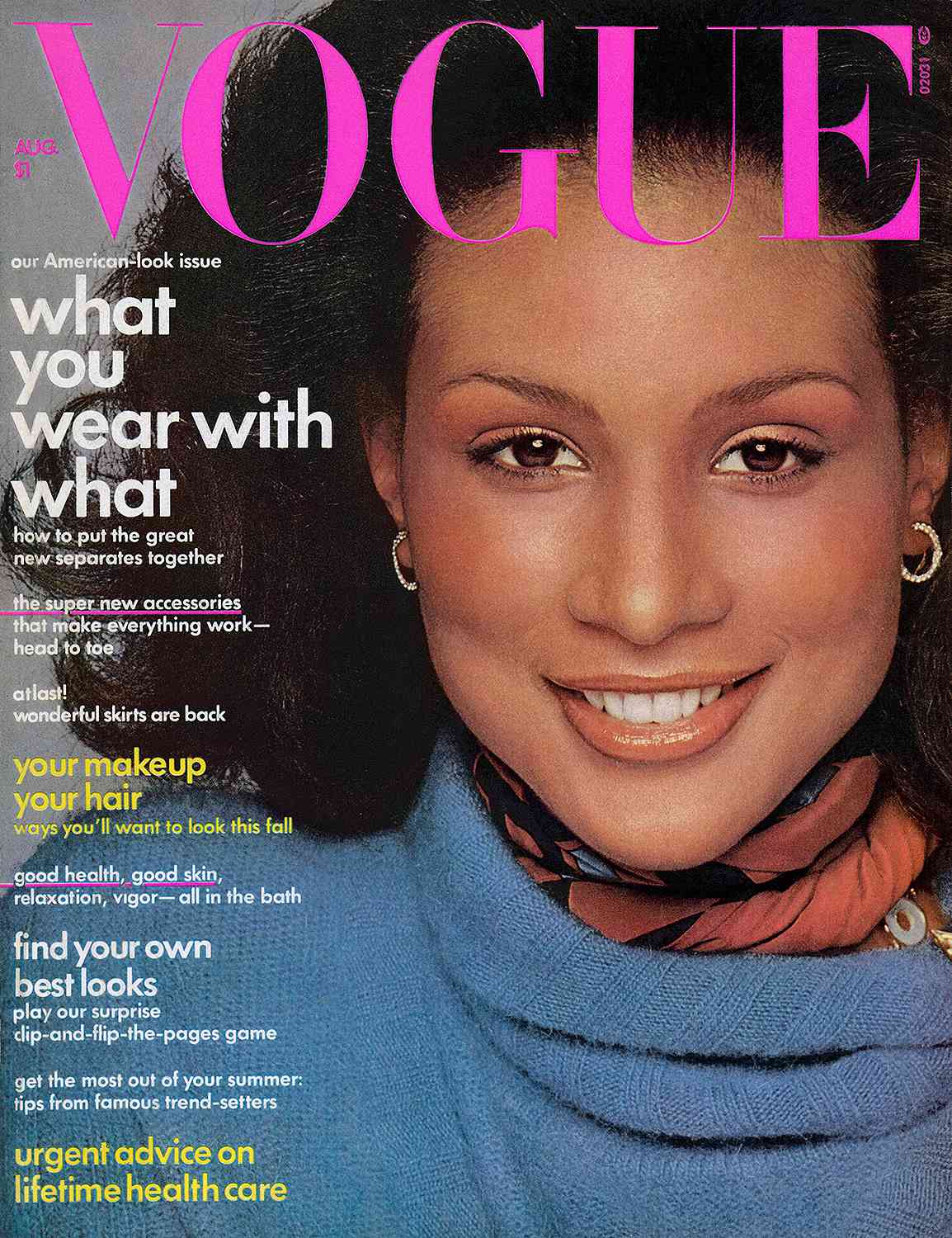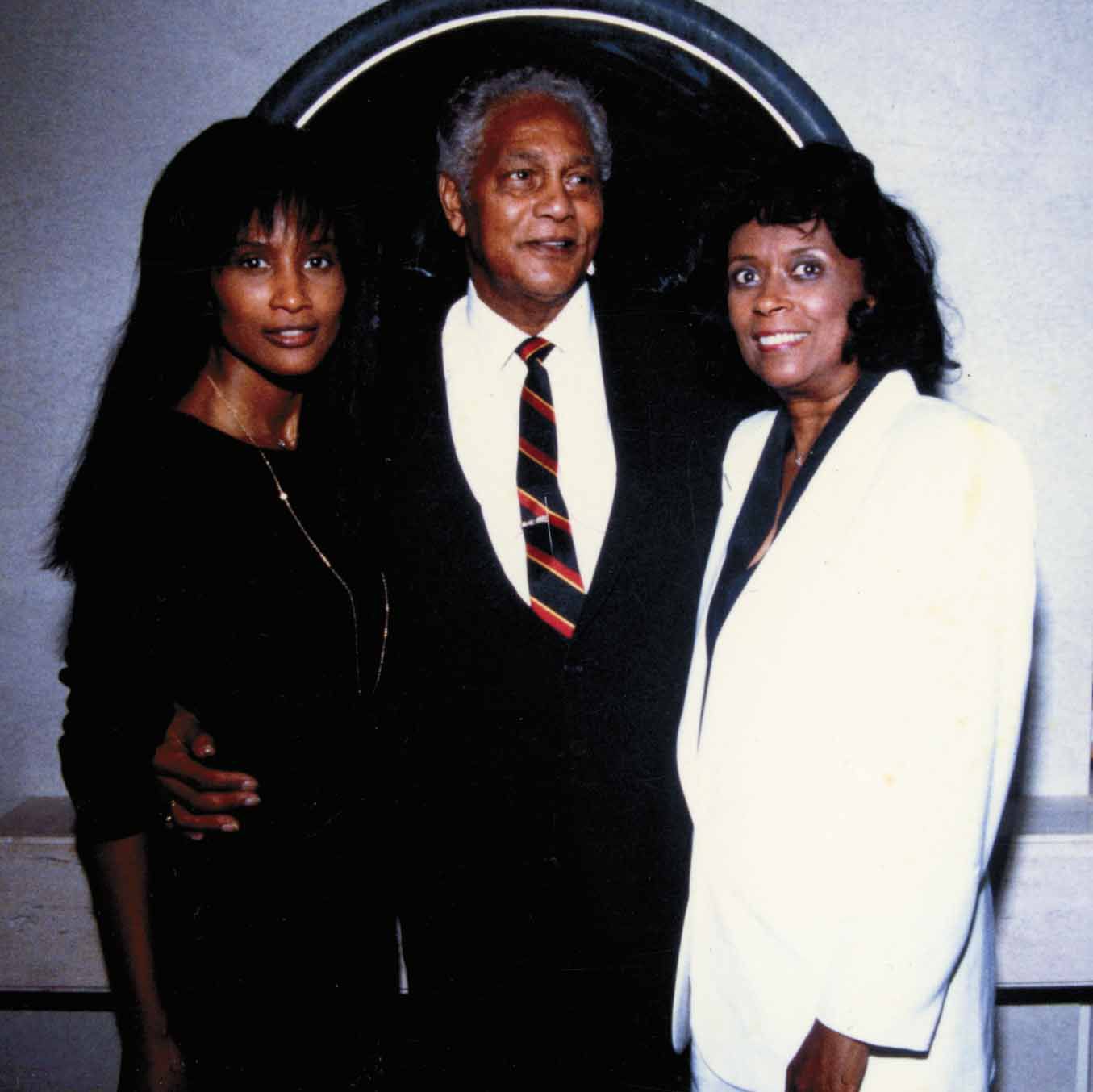Supermodel Beverly Johnson made history when she appeared on the cover of Vogue in 1974, becoming the first Black woman to do so. But over four decades later, the 67-year-old pioneer, who grew up in Buffalo, New York, says there's still much that needs to be addressed in the fashion industry and beyond. This is her story, as told to PEOPLE.
The first time I ever experienced racism, I was 12 or 13. We were riding our bikes in a white neighborhood and all the kids started throwing pop bottles at us. I heard them call us the N-word. That was the first time I really heard it. It really chipped away a little piece of my heart, but it also made me more determined.
When I started my modeling career in the 1970s, I wanted the top modeling agent. That was Eileen Ford. She said, "You’ll never be on the cover of Vogue magazine." So I moved to the rival Wilhelmina agency. I got the cover. I had worked for it and prayed for it, and now I had to honor it.
What you have to realize is that I was the only Black girl on every shoot. Once in the 1970s, we were at a five-star hotel. I got into the pool. And all of a sudden, the editor came out and made everybody get out. They drained the pool. Twenty years later, one of the models told me it was because of me. But I had blocked it out. In order to survive, I would make myself not react. Like Teflon.
I think back to Arthur Ashe, whom I dated in the early '70s. Tennis makes the fashion industry look like a walk in the park. They were using the N-word on the court to rattle him. Talk about taking the arrow. It was brutal to a person with such a high intellect who was such a deep thinker. He once said to me, "I understand you." And he did. He was the first Black man to win Wimbledon.
Meet 5 Inspiring People Charting the Path Forward as America Fights Racism
I have four grandkids and they’re very aware. The older ones asked about George Floyd. "Did that happen because he was Black?" I have my own stories. I was stopped by police in West Hollywood for two hours a few months ago. I was in my white Mercedes-Benz. They asked me whose car I was driving. They said they stopped me because I was texting in the car. I had stopped at the light to text my daughter to tell her I was on my way home. I was terrified.
That Vogue cover made me a legend. At the same time, I knew I was token. I got a chance to go inside the bubble, an exclusive world inhabited by artists — Andy Warhol, Mick Jagger and the Rolling Stones. I straddled both worlds. When you read histories of Vogue and how the circulation tripled in the '70s, they said it was because women were working, but I think it was because they had a whole new readership, so there was this denial with Vogue in the acknowledgement of this milestone.
We’re in a business that is supposed to be beautiful, but underneath there is an ugly systematic racism where the industry takes Black culture and trends for their own, pirating our culture, without giving anything back. All these brands are saying Black Lives Matter. Let me see how many black lives matter. How many Black people have you employed?
Disruption is uncomfortable, but it means there's an opening. A crack in the door. And it’s all about trying to make a better world for our kids and our grandkids. Change is possible, and I’m trying to make a difference in my own way. I feel I am standing on the shoulders of my ancestors. The #MeToo movement was Herculean — if we could only do that with race. Because that needle, it really moved.
- As told to by Liz McNeil
To help combat systemic racism, consider learning from or donating to these organizations:
• Campaign Zero (joincampaignzero.org) which works to end police brutality in America through research-proven strategies.
• ColorofChange.org works to make government more responsive to racial disparities.
• National Cares Mentoring Movement (caresmentoring.org) provides social and academic support to help Black youth succeed in college and beyond.
Source: Read Full Article



